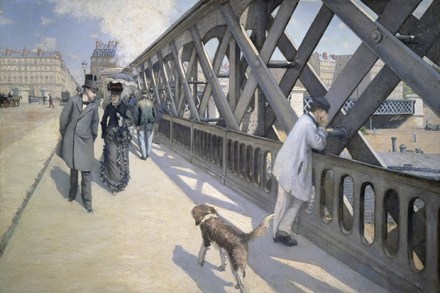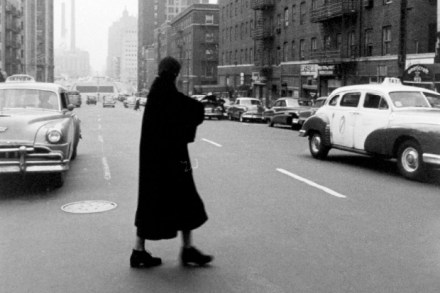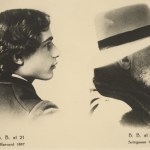Art and aspiration
When Adam Gopnik arrived in Manhattan in late 1980 he was an art history postgrad so poor that he and his wife-to-be were reduced to sharing a 9’ x 11’ basement with a bunch of cockroaches. But everything was going to be all right because Gopnik had his guitar with him and he ‘knew someone who’d once had dinner with the sister of a close friend of Art Garfunkel’s psychotherapist’. Having sent a tape of his songs over, he settled down to ‘write jokes for comedians. It seemed like a plan for life’. In a way it was. Though Gopnik has yet to hear back from Garfunkel, his oratorio about









